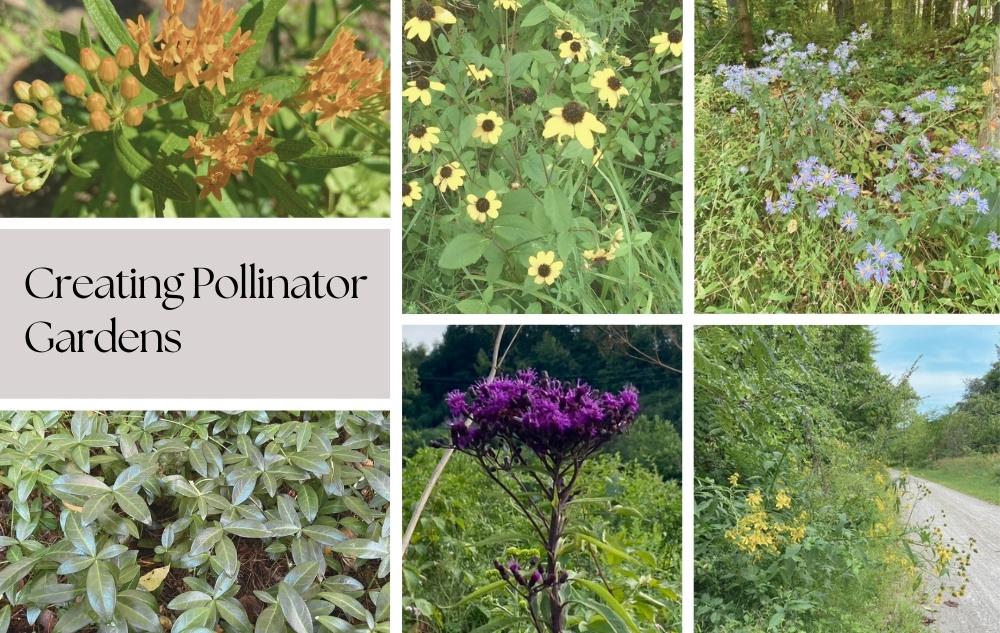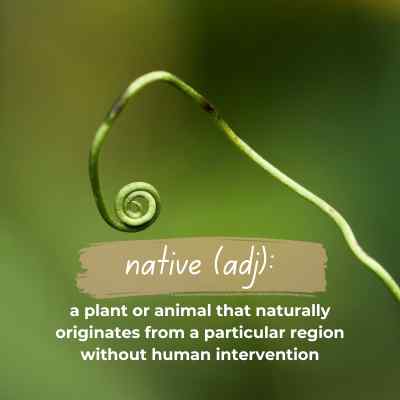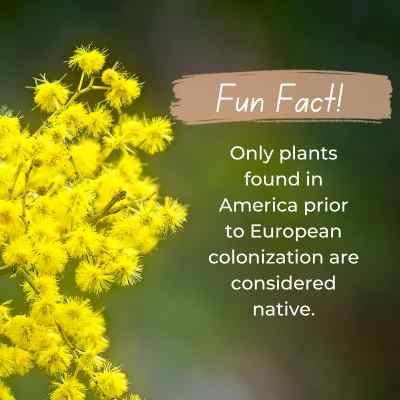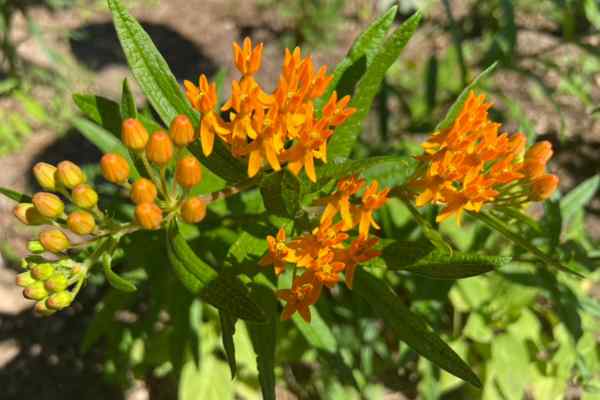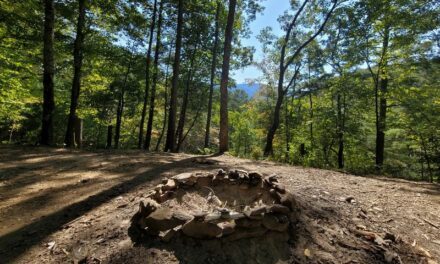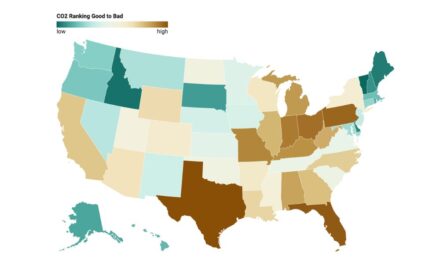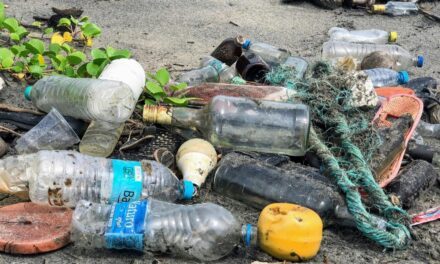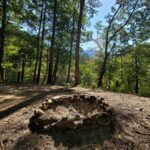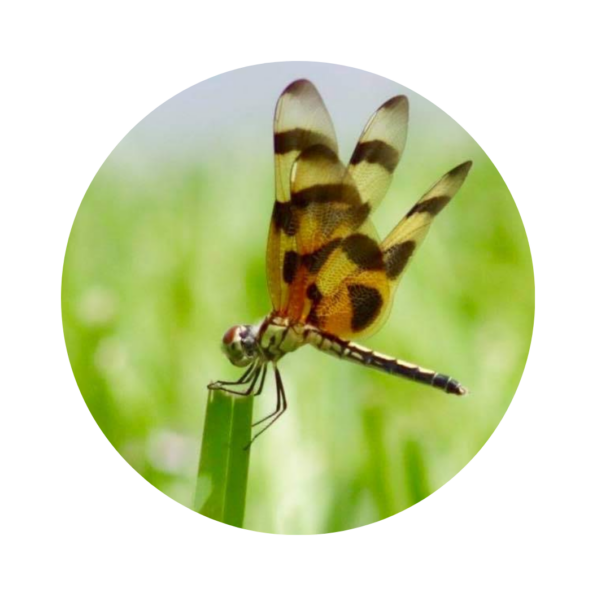Native species help protect and preserve the biodiversity in their local area, providing shelter and food for insects, birds, and other wildlife. Choosing to cultivate a pollinator garden with native plants is a great idea! Native varieties tend to require less maintenance, and you will likely be rewarded with an increase in local wildlife sightings as a result.
Native plants matter. Here’s why.
Native plants are well adapted to the local climate and its rainfalls, which is why they are generally hearty and easy to maintain. They are naturally suited for the area in which they are growing, so they are less likely to require fertilization. Native species are better equipped to fend off local pests. They welcome visiting pollinators such as bees, butterflies, birds, and other beneficial wildlife. Planting native varieties is a smart choice that is likely to make your garden beds succeed.
In many developing areas, wild native plants are being removed in favor of more structured gardening designs. Unfortunately, many of these plants are ornamental invasive species. Invasive species disrupt the natural balance of local biodiversity. These plant varieties are foreign to local bugs and other wildlife, so they tend to spread quickly. Invasive plants can choke out beneficial native plants or siphon water from native species.
As native plants diminish in the area, so do the insects that rely on them for sustenance. According to Nature.org, “Nearly half of all insects worldwide have disappeared. Likewise, nearly 70% of the world’s birds, amphibians, mammals, fish, and reptiles have vanished in just the last fifty years. The good news is that we can all help recover the planet’s depleted biological diversity.”
Create a pollinator garden and watch your backyard thrive!
Reset the natural ecological balance of your backyard by creating a pollinator garden. Pollinator gardens rely on native plant species to help attract beneficial insects.
Douglas W. Tallamy, author of Bringing Nature Home: How You Can Sustain Wildlife with Native Plants, advocates replacing a portion of your lawn and landscaping with plants native to your location. Doing so will produce a habitat for micro-organisms, insects, birds, and other pollinators to thrive. Even if you don’t own your home or have a large yard, you can still contribute to the effort by planting native species in small garden plots or containers.
Creating a pollinator garden is easier than you think, but it does require some initial research.
Before you break ground on your pollinator garden, you should identify which plants are native to your area. There are many resources available to help you, including the Native Plant Resource Directory from Homegrown National Park and the Native Plant Finder by the National Wildlife Federation. The Audubon Society can help you find bird-friendly plants based on where you live. And The Nature Conservancy is another wonderful resource to show you how your yard can better support wildlife.
It may be tempting to grab a shovel and dig up plant life that catches your eye in the forests, woodlands, or floodplains – but please don’t! Not only are you disrupting natural foliage, but some plants can cause severe skin irritation, such as poison hemlock (a lovely but irritating plant!). Many native plants are available for purchase at your local nurseries, state parks, nature conservancies, and botanical gardens. Most local native plant retailers are happy to help share knowledge and offer recommendations based on your garden’s moisture levels and sun exposure.
If you are a seed collector, it is essential to collect seeds where plants are in abundance and limit your gain to less than 10 percent. If you’re looking to collect in public parks or state forests, do your research before you go. The managing park agency may require a permit for seed collecting.
But above all: have fun!
It’s so rewarding to learn about the natural world around us. Get involved in protecting native plants by volunteering to create beautiful native plant landscapes at your local community gardens, state parks, or botanical gardens. Then step back and marvel at the beauty around you, and all the tiny creatures that follow as the garden thrives.
My husband and I have had great success with our “wild” backyard in southwestern Pennsylvania. While researching field guides on native plants, we found several that were suitable to our specialized area and would welcome pollinators. The soil in our area consists mainly of heavy clay, shale, and rocks. We decided to fortify the plot with homemade compost to enrich the soil and give our selected native varieties a better headstart. It’s wonderful to watch everything grow!
Take a Deeper Dive With These Recommended Reads on Native Plants:
- Newcomb’s Wildflower Guide by Lawrence Newcomb, Illustrated by Gordon Morrison
- A Naturalist’s Book of Wildflowers by Laura C Martin
- Bringing Nature Home: How You Can Sustain Wildlife with Native Plants by Douglas W. Tallamy
- The Nature of Oaks: The Rich Ecology of Our Most Essential Native Trees by Douglas W. Tallamy
Other Blogs You May Be Interested In:
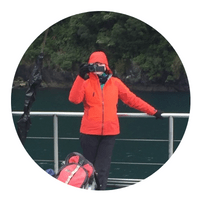
Written by Yvonne Dwyer
Master Naturalist and OPL Content Contributor
“It is truly an honor for me to be a contributor to One Planet Life. By sharing my experiences and lifetime of learning, I hope to inspire conservation, sustainability, stewardship, and awareness of enjoying the natural wonders of the world for the wellbeing of people and the planet.”

